When you hear remote construction site monitoring, the first thought that often comes to mind is video surveillance cameras. And the use cases for this technology are critical, from the ability to monitor the progress of projects from any location to detecting any intruders in the off hours.
Yet, these applications only scratch the surface of how remote construction site monitoring can be used. It’s important to also think about construction site monitoring in the sense of the site’s environment. In the midst of a museum renovation, for instance, a dramatic shift in temperature could cause prized works of art to be irreversibly damaged or, in the winter months, cause pipes to freeze and result in damage to the space.
To avoid these and other problematic scenarios on construction sites, here are three additional ways to put remote monitoring to work for your business.
1. Monitor Temperature & Relative Humidity
In the spring and summer, keeping construction sites cool and dry is a difficult but necessary task. That’s because uncontrolled temperature and humidity levels in key locations can cause materials to degrade and become a breeding ground for mold that raises safety concerns and can lead to future costly repairs.
While portable HVAC units can counteract the effects of high temperature and humidity levels, the real peace of mind comes with knowing that these units are fulfilling their job. With real-time remote temperature and humidity monitoring, you ensure that proper temperature and humidity levels are maintained throughout key locations — and make adjustments as needed based on automated alerts. That way, you’ll have time to adjust the settings of the HVAC units or invest in further systems before your assets or your work is compromised.
2. Monitor Interior Temperatures
While the size, age and location of a building will determine how susceptible it is to frozen pipes in the winter, a building that is under construction or undergoing renovation is naturally more vulnerable to potential issues. In the midst of a project, insulation may be partially removed in some areas, exposing more of the building’s plumbing to frigid temperatures and increasing the odds of a pipe bursting.
In buildings undergoing construction that are unlikely to be occupied every day of the week, temperature sensors can be installed to monitor the temperature inside the building, as well as the temperatures of vulnerable pipes that have less protection from the outside environment. If the outdoor temperature is below freezing and the interior temperature is in the “danger zone,” the sensors can trigger an alert to staff that prompts corrective action in the form of insulative barriers or adjustments to the heat settings.
3. Monitor Water Leaks
Going back to the example of portable HVAC units highlighted above, consider the case where one of the units has a clogged condensate drain that causes the system’s drain pan to overflow. If the issue occurs after hours, it could take a day for the construction crew to notice the water leak — and by that time, the leak may have already caused discoloration and damage to floors, ceilings, walls, and other elements of the environment.
This is a situation where water leak detection sensors prove to be critical. The moment water begins to pool under the HVAC system — an issue even difficult to notice when on-site due to the lack of noise associated with a water leak — staff will be notified of the leak and can take action to perform necessary maintenance on the HVAC system and stop the spread of damage.
CORIS Monitoring Solutions to Oversee Your Site Remotely
At CORIS, we’re proud to offer remote state-of-the-art sensor technology that monitors key factors in construction job sites — a list that includes interior temperatures, relative humidity, pipe and duct temperatures, and water leaks. Further monitoring capabilities are available for water levels in sump pits, CO2 levels, equipment alarm circuits, open/closed doors, and more.
With customizable smart alerts in place, our user-friendly 24-hour monitoring system will keep you informed about potential issues in real-time while giving you easy access to the data it permanently collects and stores on the CORIS servers.
Learn more about our remote construction monitoring capabilities — and when you’re ready to get the conversation started, contact us.
